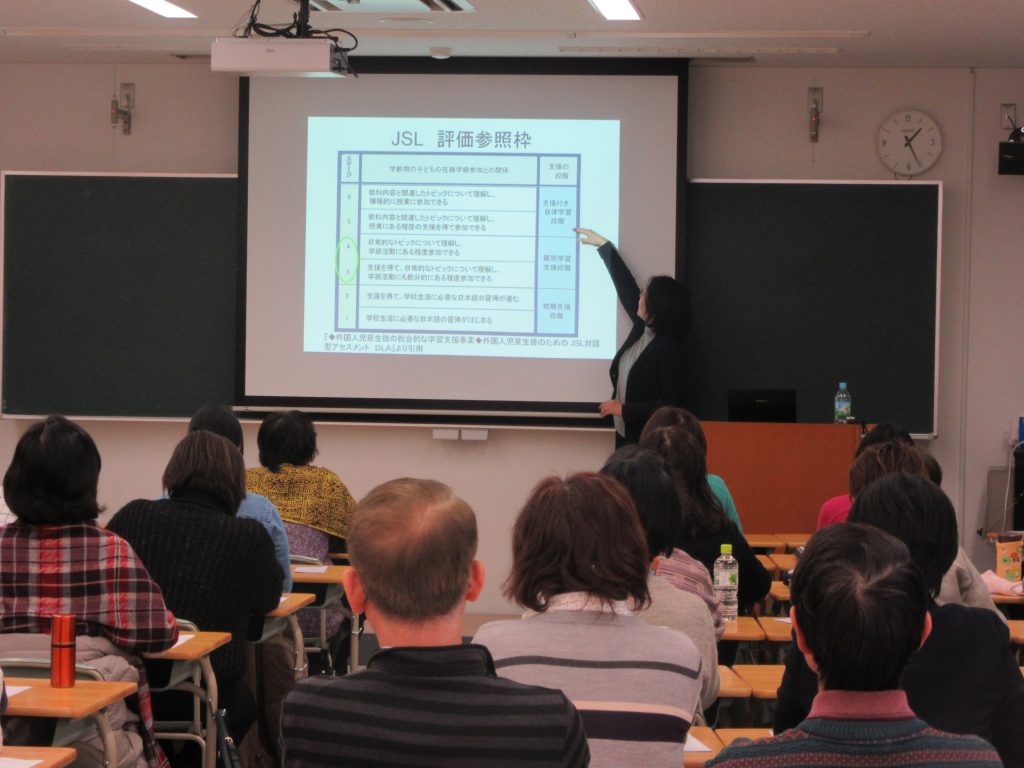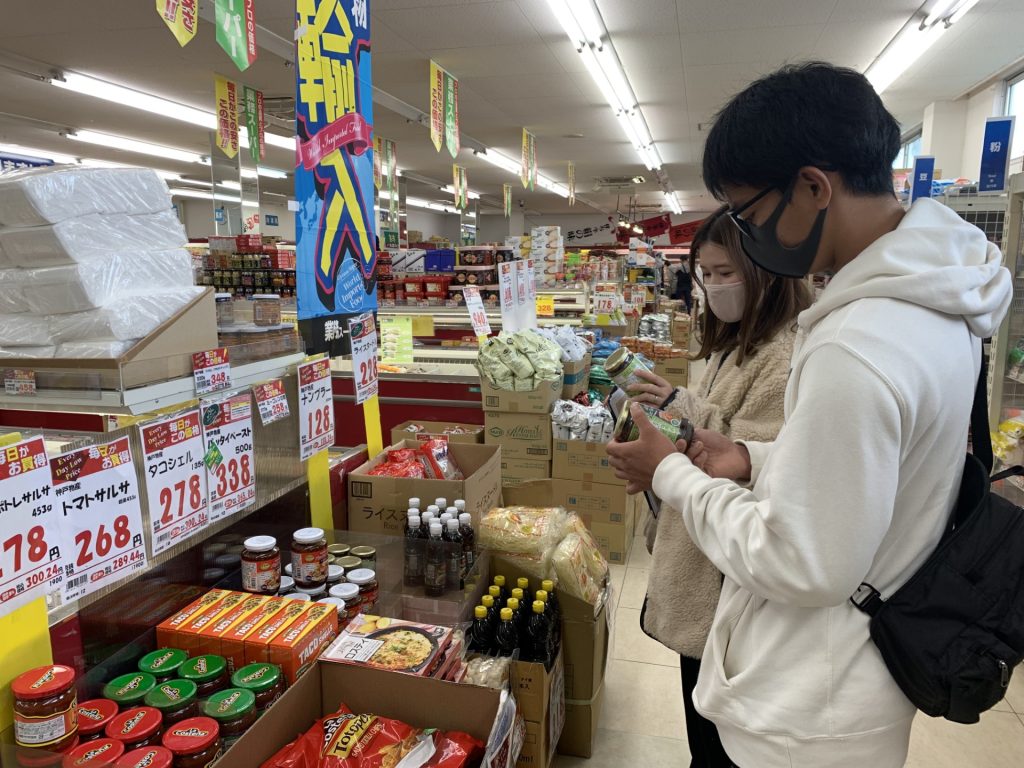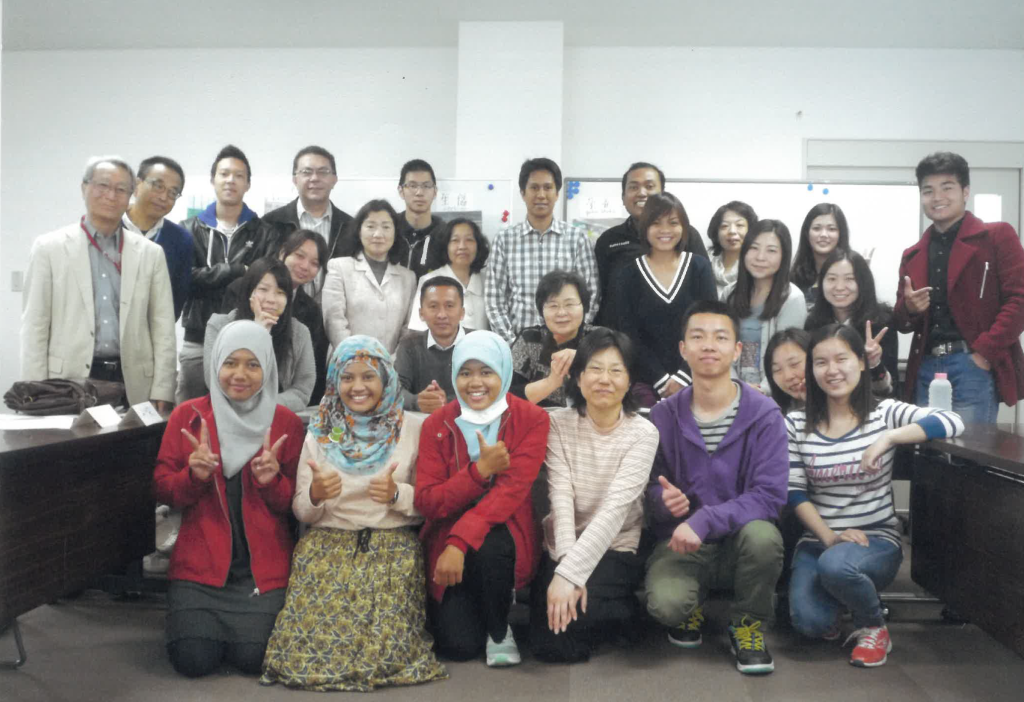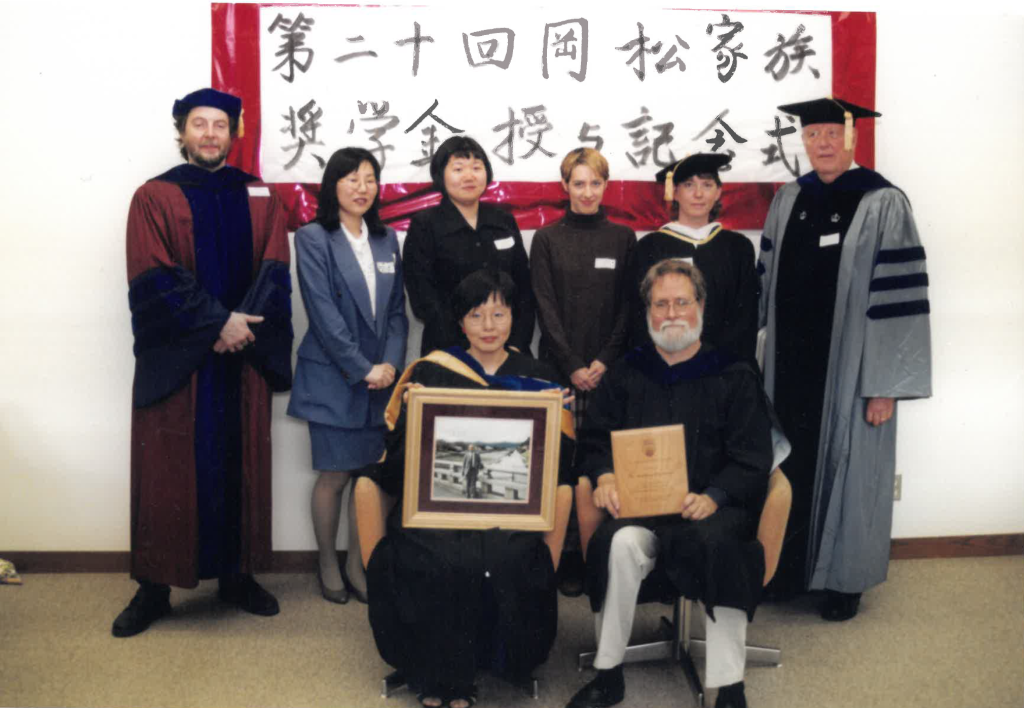Environmental design for the development of human resources to work in the regional Japanese language room
※The content is current at the time of writing.
Develop human resources for Japanese language education for “Ehime, where Japanese and foreigners can live together with mutual recognition and on an equal footing”.
Research Overview
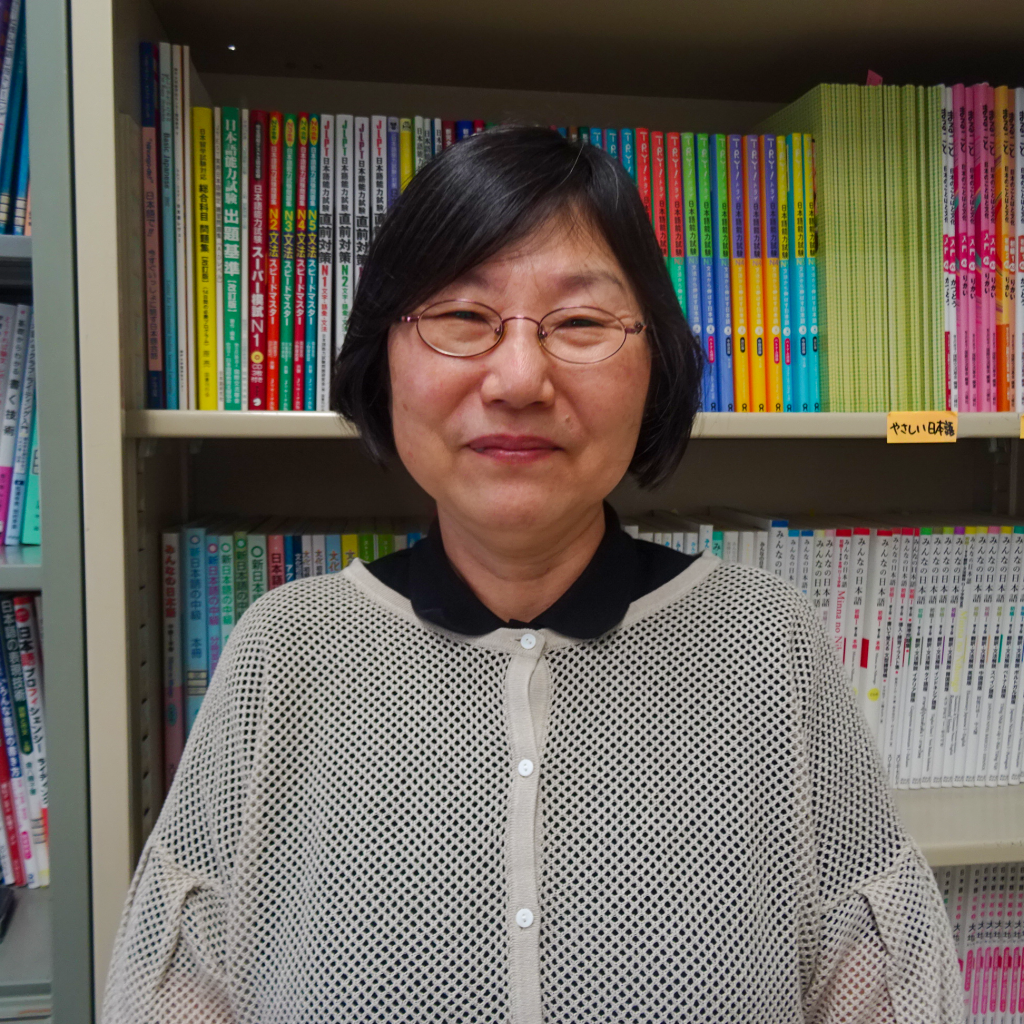
Have you ever heard of a “community Japanese language class”? Although it is called a “classroom,” a community Japanese language class is not just a place to teach/learn Japanese. It goes beyond teaching and learning, and is a frontline site for international exchange, mutual understanding, and a multicultural society for all people regardless of nationality or native language. In order to interact and try to understand each other at such local Japanese language classes, foreigners need to learn Japanese, and Japanese need to acquire the ability to adjust their Japanese to the level of the foreigner’s Japanese first. When both parties acquire this ability and work together, the local Japanese language class will feel like a “place” for each other, and understanding and exchange will be promoted. Japanese language teachers involved in local Japanese language classes are expected to create such a place. I am researching what kind of environment should be designed to foster this kind of human resource development.
Research Features
The distinctive feature of my research is to consider the above-mentioned human resource development while reexamining the nature of local Japanese language classes in the social context. To this end, I am conducting research not only on the operation of the Japanese language classes, but also on how they should be connected to the local community in order to develop human resources who can sustain the classes, in other words, to all the environments in which Japanese and foreigners living in the community are involved. Most of the research to date has focused on the abilities of Japanese personnel in local Japanese language classes, but there has been little focus on the kinds of people and institutions with which these personnel need to connect, and the kinds of relationships they need to build. Therefore, I am conducting a comprehensive survey and research on Ehime Prefecture from the perspective that various elements of society as a whole are connected to the development of human resources.
Research Attraction
In the field of regional Japanese language classes, I sometimes find it hard to face the fact that my research is not going well, but there is also an attraction that is hard to abandon. In the process of developing new Japanese language classes in the community, I have learned the joy of cooperating with the foreign and Japanese participants in the classes from the same perspective as the participants through continuous involvement with them, and my own personal relationships are also being built. The sense of excitement that arises from the ever-changing nature of our involvement, and which I cannot foresee the future of, is the driving force behind the next stage of my research and investigation.
Future Outlook
In order for Ehime’s regional Japanese language classes to develop human resources capable of running and sustaining the classes, it is necessary for the classes to share information and build mutual understanding and relationships with each other rather than for one class to work alone. In fact, Ehime Prefecture is planning to establish an information sharing center in Ehime Prefecture in 2023. In fact, Ehime Prefecture’s “Ehime Regional Japanese Language Education Promotion Plan” formulated in March 2023 specifically states that “increasing the number of people involved in regional Japanese language education” is something that should be addressed. I hope to cooperate and collaborate with Ehime Prefecture in the future in order to engage more deeply and more effectively with the community as a whole.
Ehime Regional Japanese Language Education Promotion Plan [summary version
(Source: Ehime Prefecture Regional Japanese Language Education System Building Project )
Message to those who are interested in this research
First, why don’t you visit a Japanese language class in your community? By experiencing communication with foreigners at a local Japanese language class and seeing the actual classroom, you may feel some doubts, perplexities, or issues. The first step toward research on human resource development for local Japanese language classes is to become aware of such “doubts, confusions, and issues” and to want to understand and do something about them.


